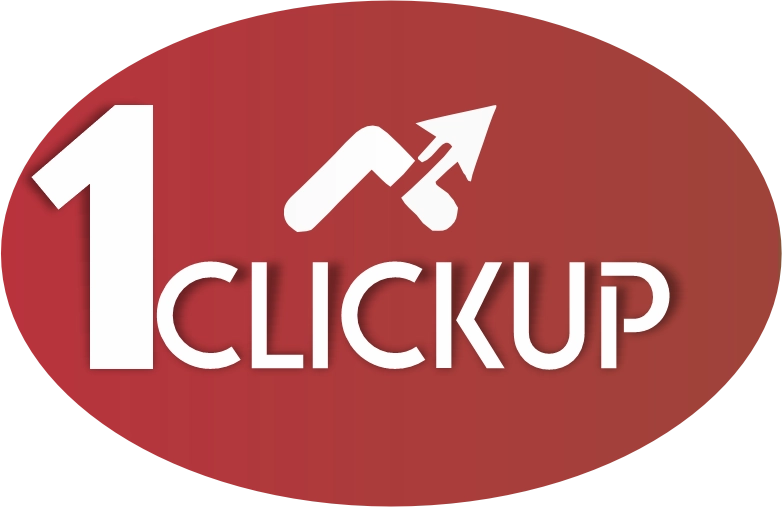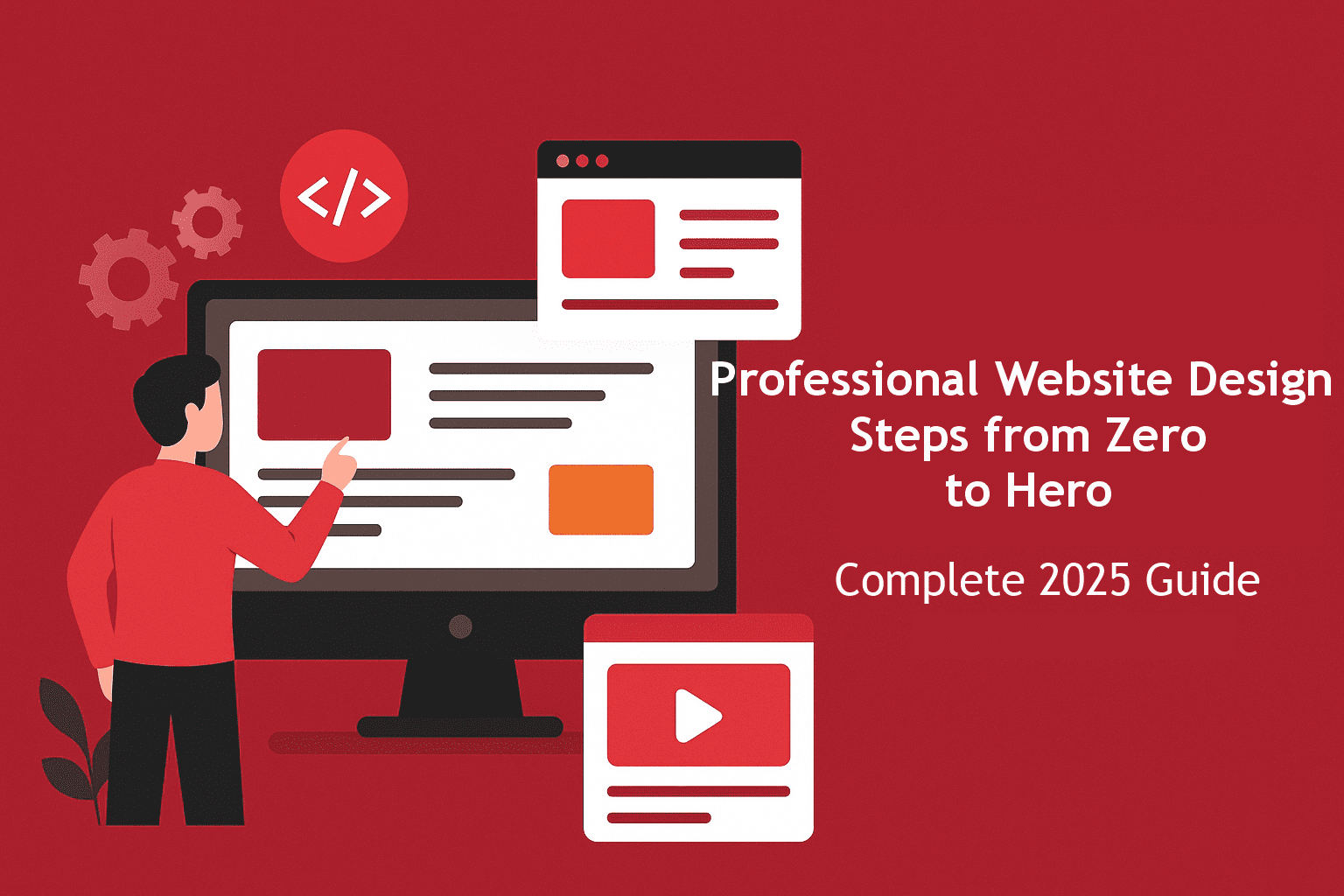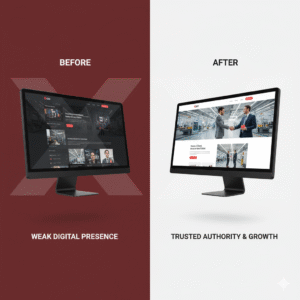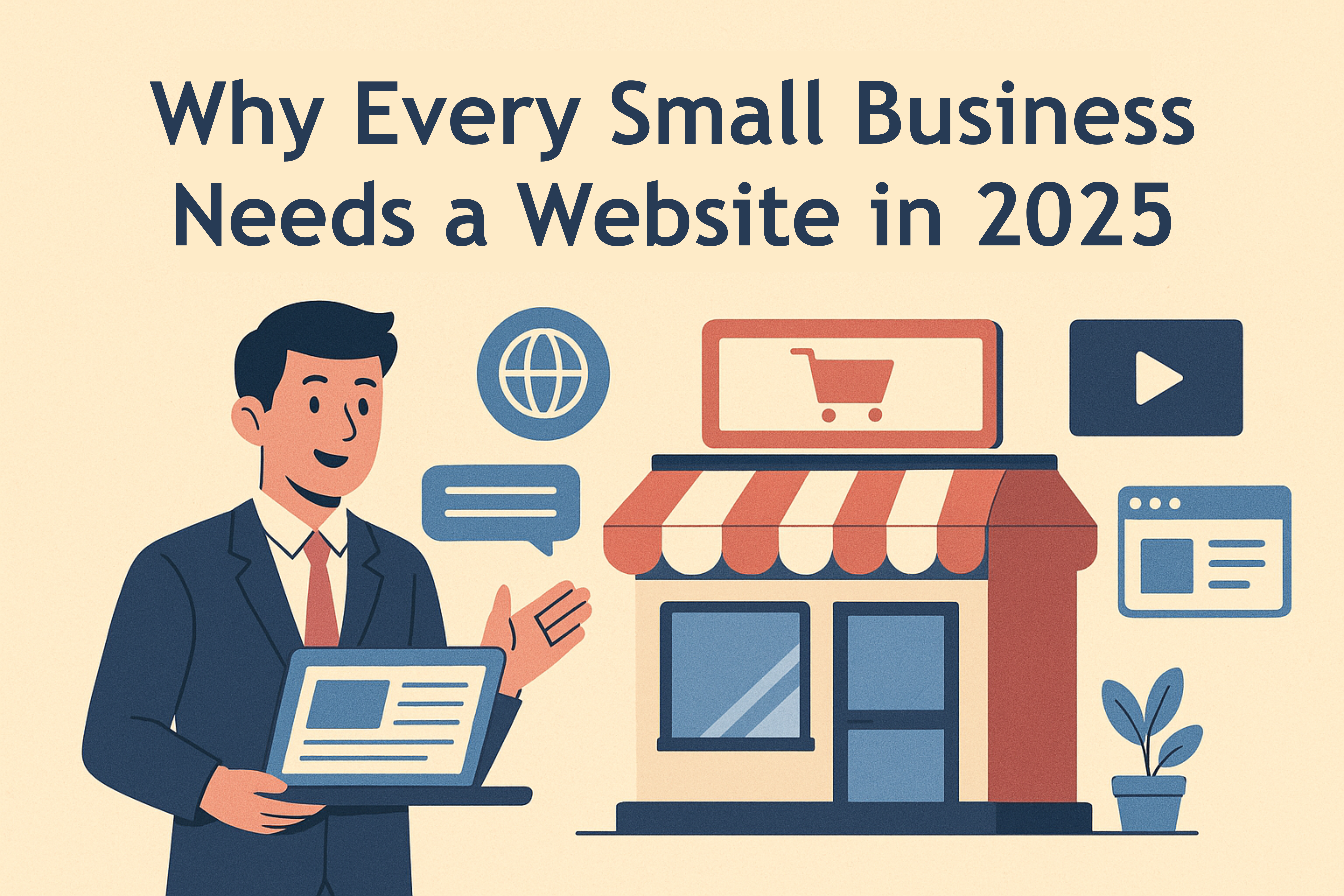Define Your Goals and Website Strategy
Before starting, clarify the purpose of your website:
- Increase sales with an e-commerce website
- Showcase your brand with a corporate website
- Build personal authority through a blog or portfolio site
- Generate leads with SEO-driven content marketing
A clear plan saves time, reduces costs, and ensures a successful launch.
Market Research and Competitor Analysis
Understanding your target audience and competitors is crucial:
- What features do competitors’ websites include?
- What type of content do they publish?
- Where are their strengths and weaknesses?
Analyzing competitors helps you design a site that’s one step ahead and offers a better user experience (UX).
Choosing Domain Name & Hosting Provider
Your domain is your digital identity. A great domain should be:
- Short and memorable
- Keyword-rich (e.g., webdesign, agency, shop)
- Easy to type and share
Pair it with fast, secure hosting because Google penalizes slow websites.
UI/UX Design: User Interface & Experience
Design isn’t just about looks—it’s about usability.
Best practices for web design in 2025:
- Use brand-consistent colors (#E63946, #B71C1C, #313131)
- Apply clean, modern fonts
- Keep navigation simple and logical
- Ensure responsive design (mobile-friendly)
💡 More than 70% of users browse via mobile. Responsive design is mandatory for SEO.
Content Creation & SEO Optimization
A website without content is just an empty shell. High-quality, SEO-optimized content helps:
- Increase dwell time (users stay longer)
- Build authority in your niche
- Improve Google rankings
SEO content tips:
- Use keywords naturally (web design services, SEO-friendly websites, website cost 2025)
- Mix text, visuals, and videos
- Optimize meta titles, meta descriptions, and headings
Website Development & Coding
Now your design turns into a real website. Options include:
- WordPress development (fast, flexible, SEO-friendly)
- Custom coding (for unique features and scalability)
Key considerations:
- Optimize code for page speed
- Follow best security practices
- Add essential features: contact forms, blog, e-commerce
SEO (Search Engine Optimization): Ranking on Google
SEO is the backbone of digital success. Without it, even the best design won’t get traffic.
3 pillars of SEO:
- On-page SEO: keywords, content, headings, internal links, images
- Off-page SEO: backlinks, social media, guest blogging
- Technical SEO: fast loading, SSL, structured URLs, mobile-first indexing
Testing and Website Optimization
Before launch, check:
- Speed with Google PageSpeed Insights
- Cross-browser compatibility
- Security of forms and payment gateways
- Fix broken links and errors
Website Launch and Promotion
Publishing the website is only the beginning. Promote it through:
- Social media marketing (Instagram, LinkedIn, Twitter/X)
- Google Ads campaigns
- Email marketing
- Blogging for long-term SEO traffic
Continuous Website Maintenance & Updates
A professional website grows with time. Regular updates boost performance and security.
- Publish fresh blog posts
- Update design and UX features
- Improve security against threats
- Analyze user behavior with Google Analytics
Conclusion
Professional website design is a multi-step journey: planning, research, UI/UX, development, SEO, testing, launch, and ongoing support.
If you want to dominate the digital market in 2025, you must combine creativity, technical expertise, and SEO strategy.
The secret to success is not just building a website—it’s building a website that ranks #1 on Google. 🚀



